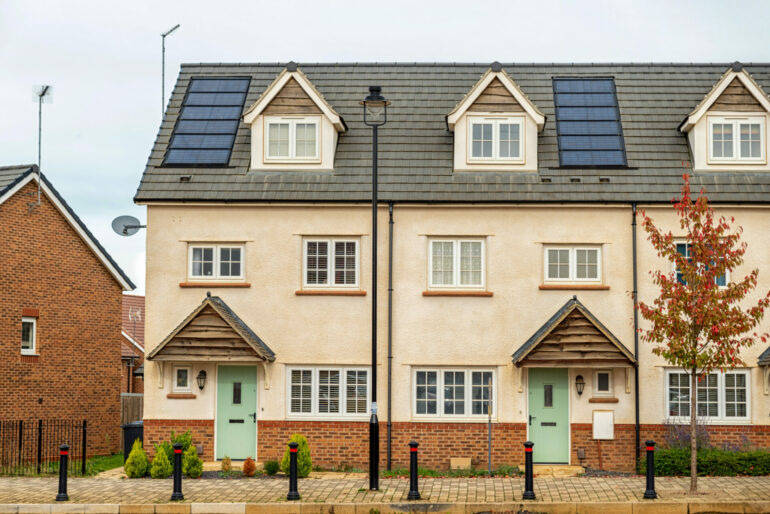Demand for new build properties in the UK increased slightly in the second quarter of this year, edging up by 0.7%, according to a study by peer-to-peer real estate investment platform easyMoney.
The study, which gauges homebuyer appetite for new homes in major UK cities, found that 20% of all new build homes currently listed for sale have already found a buyer.
This figure shows a 0.7% increase compared to the first quarter of the year. However, there has been a significant year-on-year decrease, with new build demand 14.1% lower than in the second quarter of last year.
Southampton emerged as the city with the highest demand for new build properties, with 45% of all new builds on the market already having secured a buyer. Bristol and Bournemouth were close behind, with 44% and 42% respectively.
Bristol also saw the most significant quarterly increase in new build buyer demand, up 15% compared to the first quarter. The other cities that saw a positive growth were Southampton (+7%), Leicester (+4%), Leeds (+3%), Cardiff (+3%), Swansea (+2%), Edinburgh (+1%), and Newcastle (+0.3%).
However, not all cities fared well, with Birmingham witnessing the largest quarterly decline in new build buyer demand, falling by 6%.
Annually, all but one major city saw a decrease in new build buyer demand compared to Q2 2022. Leicester stood as an exception with a 6% increase. Conversely, Cardiff experienced the most substantial year-on-year drop, with demand falling 24%.
Jason Ferrando, CEO of easyMoney, said: “We’ve certainly seen more uncertain market conditions materialise since the end of last year.
“However, 2023 has certainly started with an air of optimism and we’re now seeing this start to filter through, with demand picking up ever so slightly in the second quarter of this year when compared to Q1.”
He concluded: “It will be interesting to see if this positive movement is maintained during what is traditionally the busiest time of year for the market given that the economic landscape remains a turbulent one, at best.”




